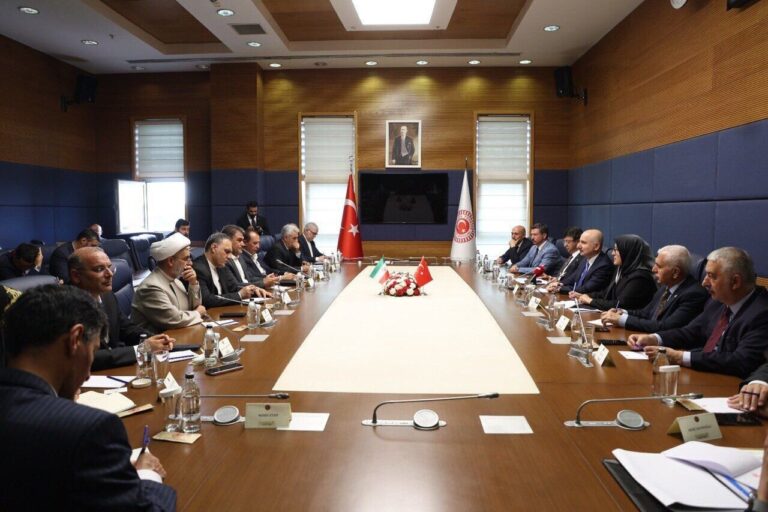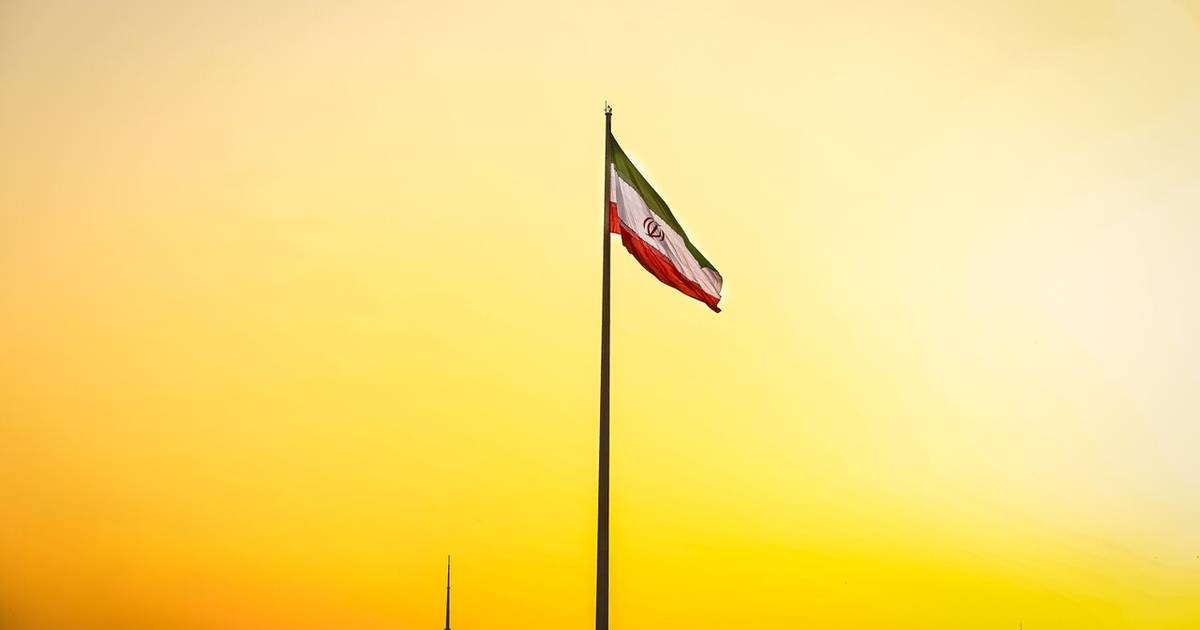
Similar Posts
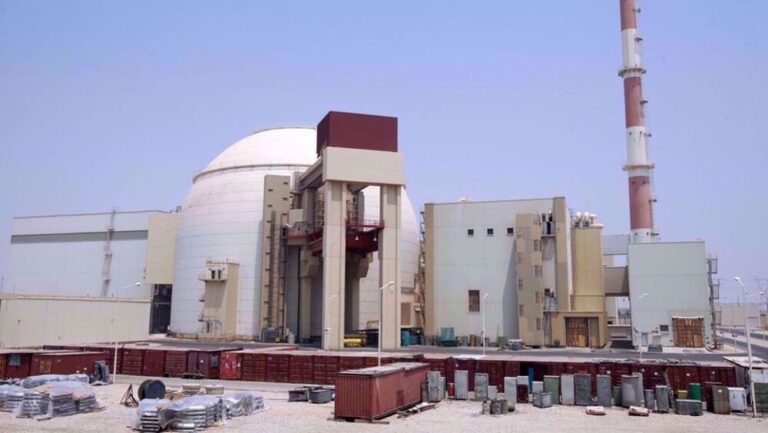
Iran Boosts Energy Grid with 70 Billion kWh of Nuclear Power, Says AEOI Chief
The Bushehr Nuclear Power Plant is vital to Iran’s energy strategy, recently achieving the injection of 70 billion kWh into the national grid. AEOI head Eslami highlighted that this electricity production saves about $8 billion in energy costs, equivalent to the oil produced from 105 million barrels, despite the plant’s $1.8 billion investment. Iran produces high-quality heavy water, holding 12.5% of the global market share, with potential for growth. Plans for expanding the Bushehr facility and constructing new plants aim to generate 20,000 megawatts of nuclear power in 17 years, enhancing energy infrastructure and promoting sustainability.

Venezuela Officially Joins BRICS: A New Era in Global Alliances
In a recent interview, Venezuelan President Nicolas Maduro expressed optimism about Venezuela’s future with BRICS, despite Brazil’s veto on its admission. He emphasized the need for reconciliation and collaboration among member nations, citing the historical aspirations of Simon Bolivar and Hugo Chavez for Venezuela’s inclusion. Maduro believes joining BRICS could enhance Venezuela’s economic opportunities, political alliances, and global representation. He argued that membership would allow for collaboration on development initiatives, benefiting infrastructure and social programs. Maduro’s statements reflect a hopeful outlook as Venezuela seeks to align with this influential coalition of emerging economies, navigating political challenges ahead.
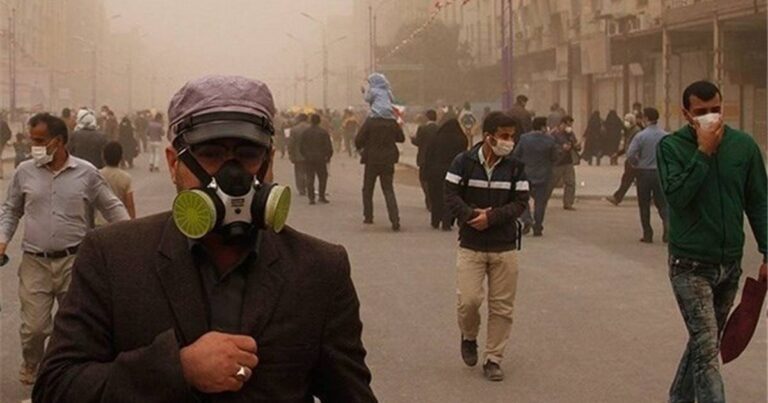
Iran’s Leaders and Clerics Work to Calm Public Concerns Amid Ongoing Challenges
The Iranian government is facing growing public discontent over its handling of domestic and international issues, particularly energy shortages and currency devaluation. President Masoud Pezeshkian claimed the power grid is stable, but citizens experiencing regular blackouts remain skeptical. A nearby power plant halted operations due to a diesel fuel shortage, exacerbating the crisis. The Iranian currency has plummeted, trading over 800,000 rials against the dollar. Amid political shifts and regional setbacks, officials are urging national unity while blaming external adversaries. Social media is rife with speculation about the government’s stability, reflecting widespread frustration among the populace.
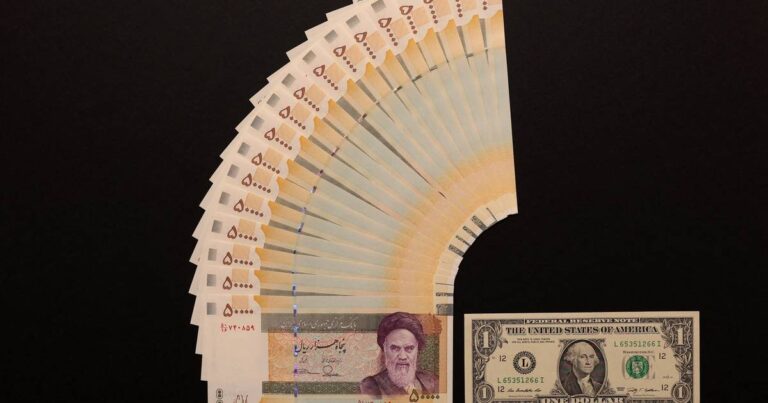
Iran’s Rial Crashes to Historic Low: Surpasses 1 Million per Dollar in Unprecedented Freefall
Iran’s currency, the rial, has plummeted to a record low of 1,039,000 rials per US dollar, exacerbating the country’s economic crisis amid stalled nuclear negotiations with the US. Since President Masoud Pezeshkian took office in August, the rial’s value has halved, driven down by US sanctions, geopolitical tensions, and a challenging political climate. Inflation rates have soared above 40%, with essential goods experiencing price increases of nearly 100%. The Iranian government faces mounting pressure to implement reforms as citizens express growing concern over their financial stability and the future of the economy.
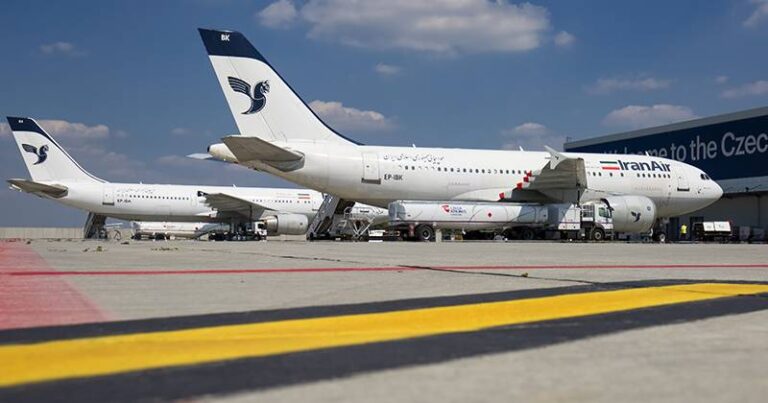
Iran Air’s Ban Disrupts Vital Medicine Imports, State Carrier Reports
Iran Air is facing severe challenges due to flight bans imposed by the EU and UK, which have drastically reduced its revenues and disrupted essential drug imports for Iran’s healthcare system. CEO Hossain Khanlari has called for international legal action to restore flight services, emphasizing the airline’s role in transporting vital pharmaceuticals from Europe. The sanctions have exacerbated a healthcare crisis in Iran, marked by medicine shortages, rising costs, and a burgeoning black market. While Iran Air is expanding regional flights to mitigate losses, it remains determined to resume European routes to support both citizens and the healthcare sector amid ongoing sanctions.
